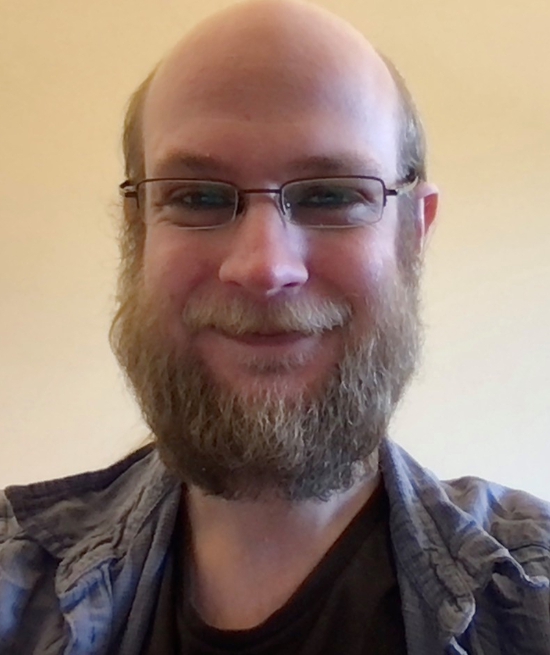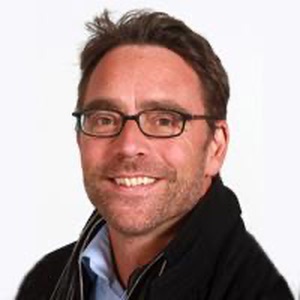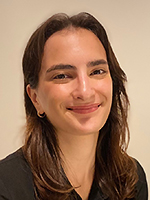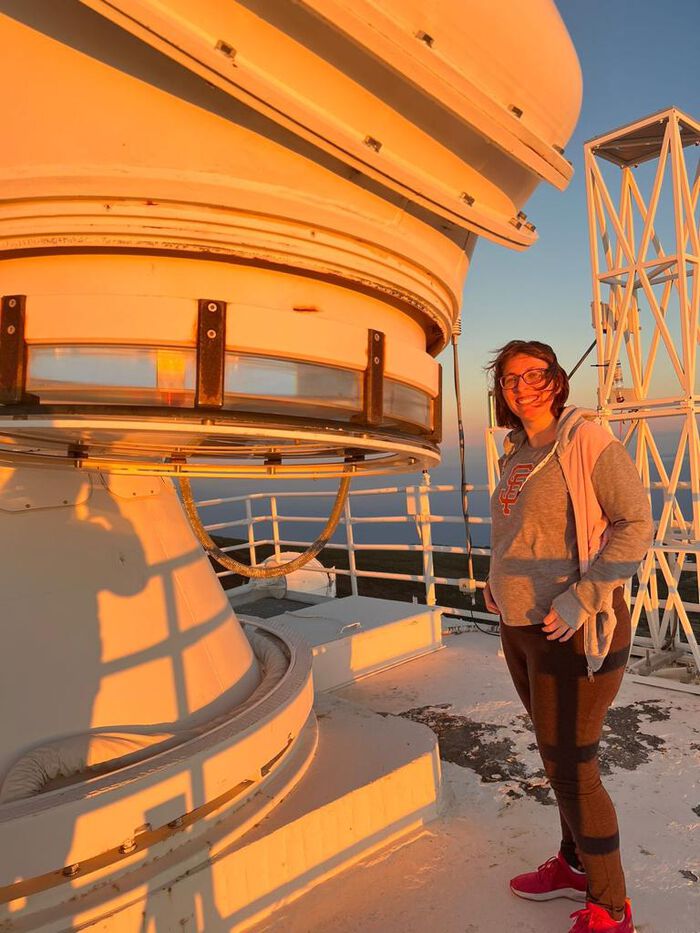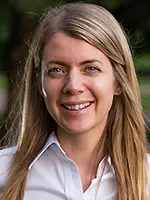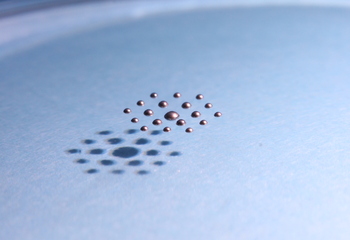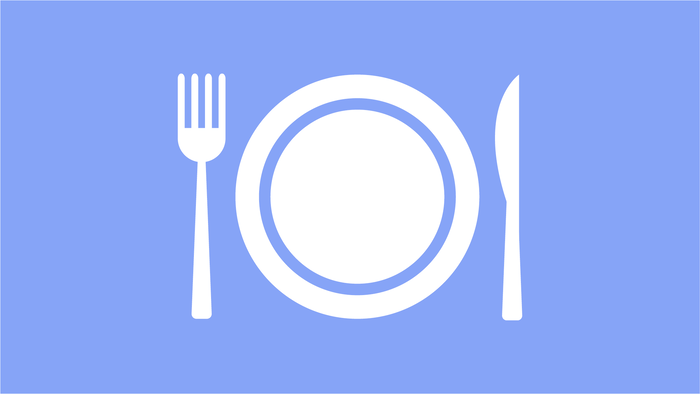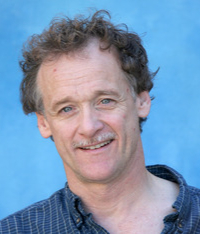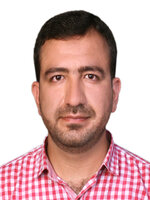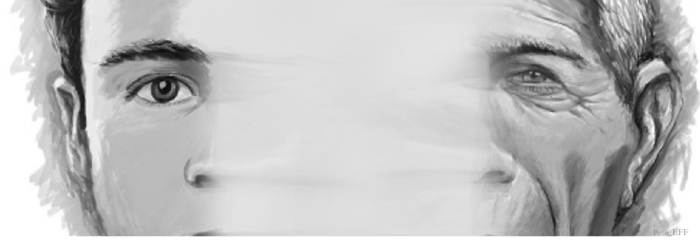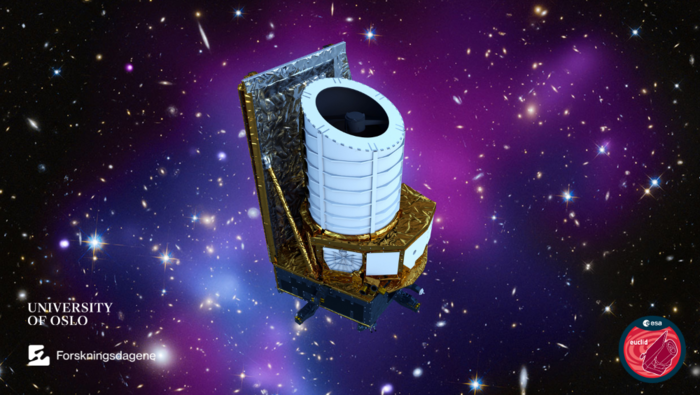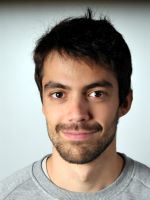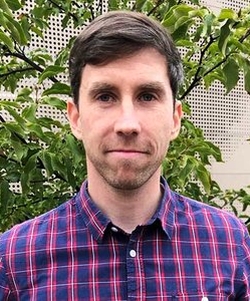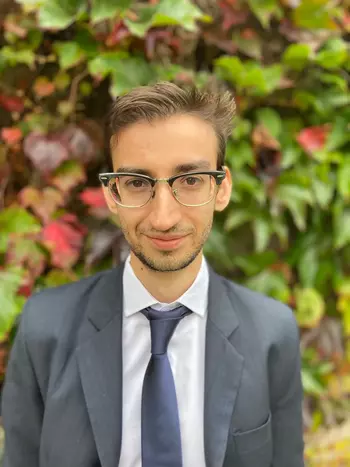Previous events - Page 17
Doctoral candidate Thore Espedal Moe at the Institute of Theoretical Astrophysics, Faculty of Mathematics and Natural Sciences, is defending the thesis "Line formation in the magnetized solar chromosphere" for the degree of Philosophiae Doctor.
Cavitation is a ubiquitous and sometimes destructive, phenomenon. For instance, cavitation bubbles may interrupt water flow in plants or severely damage the surfaces of machines such as pumps and propellers. The so-called tribonucleation of vapor bubbles has been proposed to be responsible for the cracking sound produced by the manipulation of human synovial joints. To study cavitation up close we have developed an experimental setup where a sphere in water abruptly leaves a flat surface starting from a separation of only 10 nm.
Upon upward movement of the spherical surface, a cavitation bubble forms and develops branched fingers through the Saffmann-Taylor instability. Simultaneously, negative liquid pressures in the range of ∼10atm are observed. These large tension values occasionally lead to secondary nucleation events. The bubble sizes satisfy a predicted Familiy-Vicsek scaling law where the bubble area is proportional to the inverse bubble lifetime. The fact that creeping flow cavitation bubbles are more short lived the larger they are separate them from bubbles that are governed by inertial dynamics.
Doctoral candidate Gezime Seferi at the Department of Pharmacy, Faculty of Mathematics and Natural Sciences, is defending the thesis "Hippocampal lipid droplets and the gut microbiome: Effects of type 2 diabetes and exercise" for the degree of Philosophiae Doctor.
Ana Belen Grinon Marin, Postdoctoral Fellow at Rosseland Centre for Solar Physics, Institute of Theoretical Astrophysics, University of Oslo.
Doctoral candidate Stine Eidhammer Rognan at the Department of Pharmacy, Faculty of Mathematics and Natural Sciences, is defending the thesis "Clinical risk factors, and barriers in medication communication. A contribution to better patient care" for the degree of Philosophiae Doctor.
We invite you to the September RoCS Solar/Stellar Lunch. You are invited to discuss your work with colleagues.
QOMBINE seminar by Satvik Singh (University of Cambridge): The PPT2 conjecture for diagonal unitary covariant map
Doctoral candidate Michele Giordano at the Department of Mathematics will be defending the thesis On stochastic control for Volterra type dynamics for the degree of Philosophiae Doctor.
Welcome to the GEOHYD Lunch Seminar Friday 22th of September @ 12:15 in Aud 1, Geology building, or via video link using Zoom. The seminar is held by Kaytan Kelkar (University of Alaska Fairbanks).
Self-assembly is the spontaneous generation of order in systems driven by thermal agitation and interactions. At the molecular level, self-assembly plays an important role in the formation of giant com- plex macromolecules, being quite relevant for living systems. At the mesoscopic level, capillary driven self-assembly has been proposed for building structures in the gap between classical bottom-up and top-down fabrication methods, i.e. at the scales in between 10 micrometers and 1 millimeter. Although the method was proposed 20 years ago, only regular or simple structures were achieved so far. Using both experimental and statistical physics ideas, we demonstrate how to exploit subtle capillary interactions to create elaborate complex structures, as well as functional micromachines. On top of that, we show how such mescoscopic systems can be the analogues of many different physical systems such as folding molecules, molecular locks and keys, and crystal formation.
Is it difficult to set aside time to write? The Academic Writing Centre organsises structured writing sessions for PhDs and Postdocs.
Join us for the Open Science Lunch to hear about the challenges and opportunities of data provided by the public in research.
Title: Some surprising impacts of large-scale orography on global climate (online)
Speaker: David Battisti, University of Washington (online)
C*-algebra seminar talk by Suvrajit Bhattacharjee (University of Oslo)
Visste du at ditt valg av mat påvirker klimaet? At noen matvarer fremstår som klimaverstinger mens andre matvarer er mer klimavennlige?
Qasim Waheed Malik will defend his thesis “Characterisation of a monolithic pixel sensor for calorimetric applications” for the degree of Philosophiae Doctor at the University of Oslo, Faculty of Mathematics and Natural Sciences.
Explore the dark side of the Universe during the National Science week in Norway (Forskningsdagene) 2023.
Doctoral candidate Mateu Montserrat Canals at the Department of Chemistry, Faculty of Mathematics and Natural Sciences, is defending the thesis "Molecular warfare: A structural biology view on pathogen weapons — GbpA from Vibrio cholerae — and host defences — Vg from the honey bee" for the degree of Philosophiae Doctor.
Doctoral candidate Máté Mile at the Department of Geosciences, Faculty of Mathematics and Natural Sciences, is defending the thesis Advanced assimilation of satellite observations in a limited-area numerical weather prediction model over the Arctic region for the degree of Philosophiae Doctor.
Welcome to the GEOHYD Lunch Seminar Friday 22th of September @ 12:15 in Kursalen U37 (Etasje -1), Geology building, or via video link using Zoom. The seminar is held by PiM Lefeuvre (Norwegian Polar Institute).
Active solids consume energy to allow for actuation and shape change not possible in equilibrium. In this talk, I will focus on the elasticity of systems as wide-ranging as far-from-equilibrium hydrogels, nanoparticles, and mechanical structures composed of active robotic components. First, I will introduce our recent work on hydrogel spheres being lowered onto a hot plate. As the bottom vaporises, the resulting flow couples tightly to elastic deformations within the sphere, giving either spontaneous bouncing or steady-state floating as manifestations of the so-called elastic Leidenfrost effect. I will present theory and simulations of the floating case, which demonstrate a remarkable phenomenon: the heavier the solid, the higher it floats. I will then discuss the general competition between active boundary stresses and an elastic bulk, giving rise to so-called active elastocapillarity. Finally, I will discuss our current work on using non-reciprocal interactions in active elastic media to program robust mechanical actuation and locomotion. In each case, our results provide theoretical underpinning for recent experimental advances, and point to the design of novel soft machines.
Mingle meeting at ITA with updates and cake.
